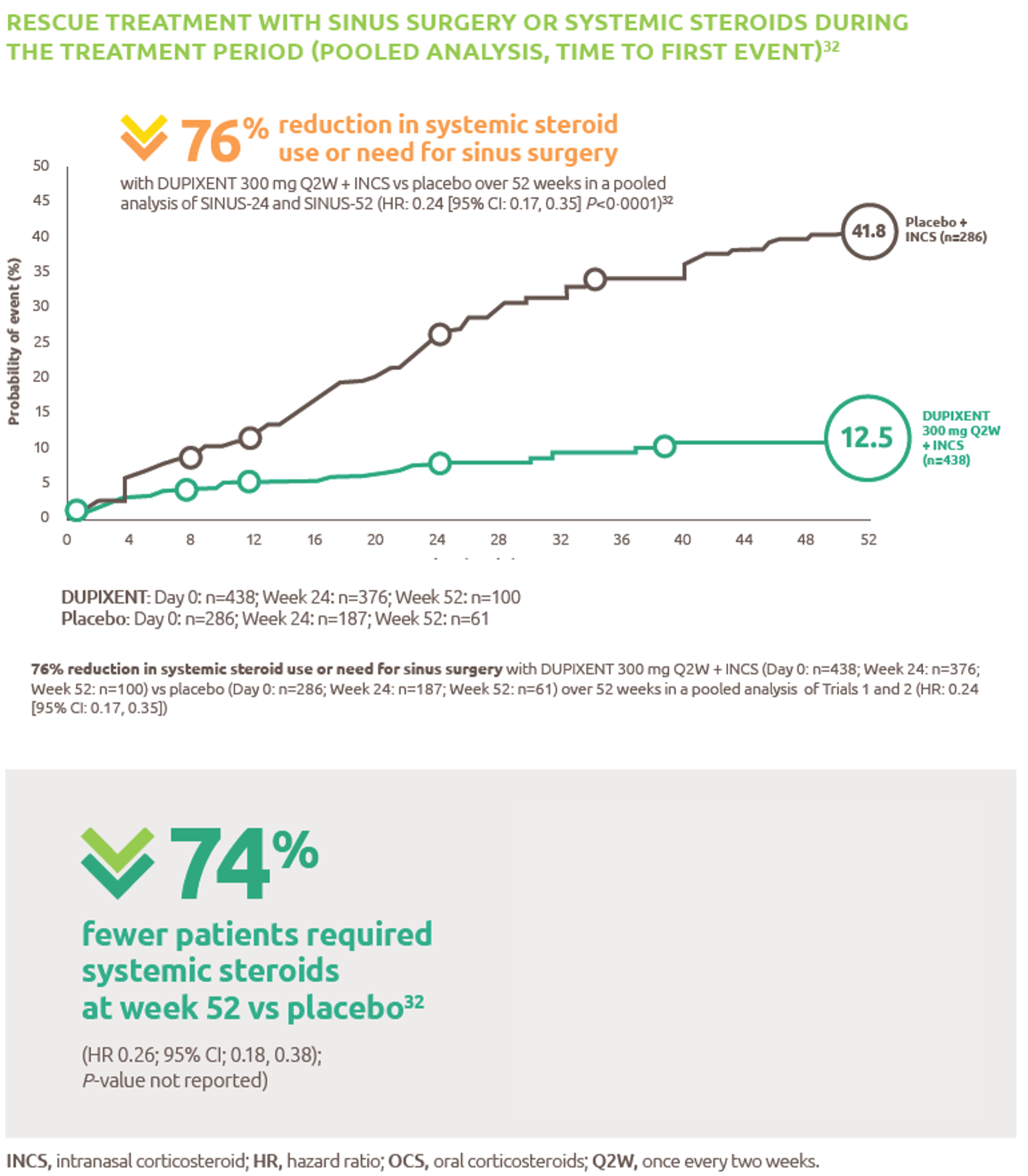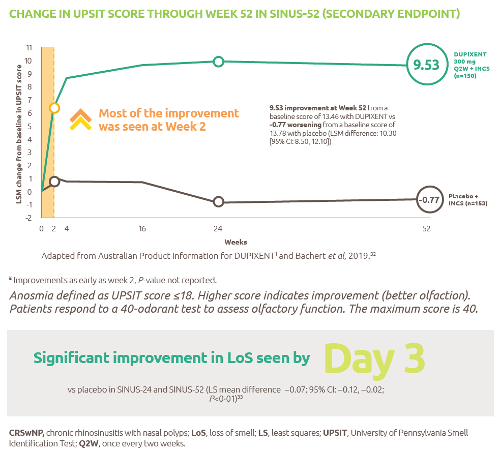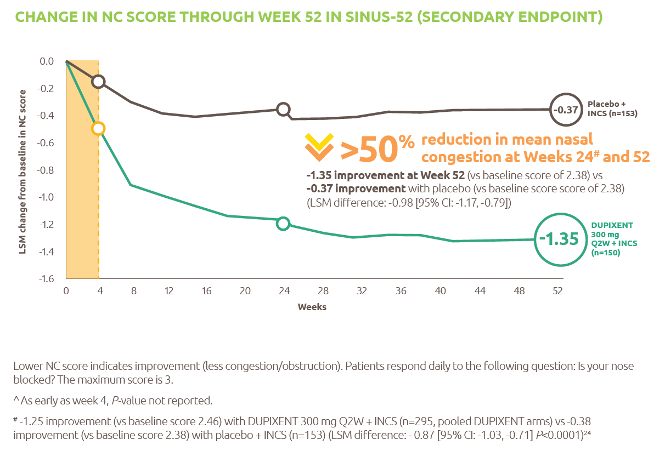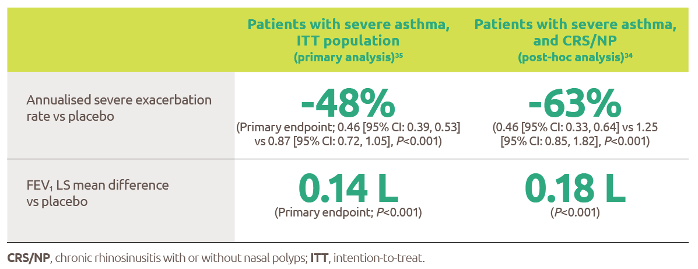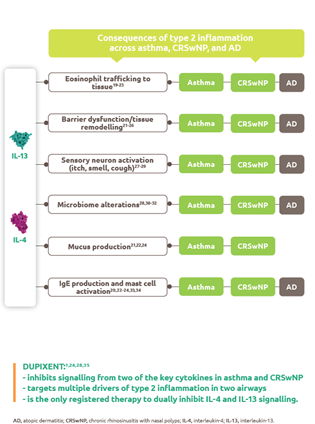
Diphtheria
Discover timely medical updates and key resources on preventing and controlling diphtheria – helping you stay informed and improve patient outcomes.
*Image is not an actual patient.
About diphtheria
The challenges of diphtheria
Diphtheria is an infectious disease caused by the bacterium Corynebacterium diphtheriae, which primarily infects the throat and upper airways, and produces a toxin affecting other organs. The inflammatory exudate that forms a greyish or green membrane in the upper respiratory tract can cause acute severe respiratory obstruction. The disease spreads by aerosol transmission or by direct contact with skin lesions or articles soiled by infected persons.1 Vaccines are recommended for infants, children, teenagers and adults to prevent diphtheria.1 Treatment involves administering diphtheria antitoxin to neutralize the effects of the toxin, as well as antibiotics to kill the bacteria.2
Don’t miss these key links
Signs and symptoms
Infection can cause respiratory or cutaneous diphtheria, and in rare cases can lead to systemic diphtheria. Depending on the anatomical location, respiratory disease may be nasal, pharyngeal, or laryngeal, or any combination of these. Pharyngeal diphtheria is the most common form. Respiratory diphtheria usually occurs after an incubation period 2 to 5 days.2 Diphtheria spreads by aerosol transmission or by direct contact with skin lesions or articles soiled by infected persons.1
Respiratory diphtheria has a gradual onset of symptoms which can include mild fever, sore throat, difficulty swallowing, malaise and loss of appetite. The hallmark of respiratory diphtheria is a pseudomembrane that appears within 2–3 days of illness over the mucous lining of the upper respiratory tract. The pseudomembrane is firm, fleshy, grey, and adherent; it typically will bleed after attempts to remove or dislodge it. Fatal airway obstruction can result if the pseudomembrane extends into the larynx or trachea or if a piece of it becomes dislodged. Diphtheria is fatal in 5 - 10% of cases.3 Absorption of diphtheria toxin into the bloodstream results in toxic damage to organs such as the heart, kidneys and peripheral nerves.2
The disease is communicable for up to 4 weeks, but carriers may shed organisms for longer.1
Diagnosis
Diphtheria is usually diagnosed by the presence of clinical symptoms characteristic of the disease. However, bacterial culture is the mainstay of etiological diagnosis. Material for culture should be obtained preferably from the edges of the mucosal lesions and inoculated onto appropriate selective media. Identification of C. diphtheriae should be based on detection of the diphtheria toxin gene directly in clinical specimens using polymerase chain reaction techniques.2
Prevention
Diphtheria can be prevented through immunisation. Diphtheria toxoid containing vaccines are available in Australia only in combination with tetanus, with or without other antigens such as
pertussis, inactivated poliomyelitis, hepatitis B and Haemophilus influenzae type b. Vaccines containing diphtheria toxoid are recommended for infants, children, teens and adults to prevent diphtheria.
For close contacts of patients, age appropriate diphtheria toxoid booster should be given along with appropriate prophylactic antibiotics to prevent spread of infection. See the Immunisation Handbook for further information on recommendations.1
Bacteriology
Diphtheria is an acute illness caused by toxigenic strains of Corynebacterium diphtheriae, a Gram-positive, non-sporing, non-capsulate bacillus. The exotoxin produced by C. diphtheriae acts locally on the mucous membranes of the respiratory tract or, less commonly, on damaged skin, to produce an adherent pseudomembrane. Systemically, the toxin acts on cells of the myocardium, nervous system and adrenals.1
Epidemiology
Vaccination against diphtheria has reduced the mortality and morbidity of diphtheria dramatically, however diphtheria is still a significant child health problem in countries with poor vaccination coverage.2
In the decade between 1926 and 1935 over 4,000 deaths from diphtheria were reported in Australia. A vaccine for diphtheria was introduced in Australia in 1932, and since then both cases and deaths have virtually disappeared. Serosurveillance data indicate more than 99% of Australian children are immune to diphtheria. However, waning immunity amongst adults may result in this population being susceptible, with the most likely source of exposure being through overseas travel to countries where diphtheria remains endemic.4
Between 1999 and 2019 there were two deaths reported in unvaccinated adults, who had both acquired the infection in Australia. In 2022 a case of respiratory diphtheria was reported in an unvaccinated toddler and a 6-year old child who was a close contact. Otherwise the majority of cases reported in Australia were acquired overseas.1
Treatment
Urgent treatment of diphtheria is mandatory to reduce complications and mortality. The mainstay of treatment is intramuscular or intravenous administration of diphtheria antitoxin. Antibiotics (penicillin or erythromycin) should be given for 14 days to limit further bacterial growth and the duration of corynebacterial carriage that often persists even after clinical recovery.2 Patient should be placed in isolation. Respiratory support and airway maintenance should also be administered as needed.3
Featured content

Register to receive full access (Healthcare Professionals Only)
Are you a registered healthcare professional?
Register in less than a minute to access the latest updates and resources to support your practice and help deliver better outcomes for your patients.
Can’t find what you’re looking for?
Search our extensive Content Library
- Australian Immunisation Handbook, Diphtheria. Available at: https://immunisationhandbook.health.gov.au/vaccine-preventable-diseases/diphtheria. Accessed March 1 2024
- Diphtheria vaccine – World Health Organization (WHO) position paper. WHO. Weekly epidemiological record No. 3. 2006; 81: 24–31.
- CDC. Yellow Book. Chapter 4 Diphtheria. https://wwwnc.cdc.gov/travel/yellowbook/2020/travel-related-infectious-diseases/diphtheria. Accessed March 1 2024
- NNDSS Annual Report Writing Group. Australia's notifiable disease status, 2011: Annual report of the National Notifiable Diseases Surveillance System. Communicable Diseases Intelligence. 2013;37:E313-393.
MAT-AU-2501359 - 1.0 - 07/2025















.webp/jcr:content/RESP-ICT2-Wark_400X300%20(1).webp)
.webp/jcr:content/RESP-ICT2-Stone_400X300%20(1).webp)
.webp/jcr:content/RESP-ICT2-Tellus_400X300%20(1).webp)



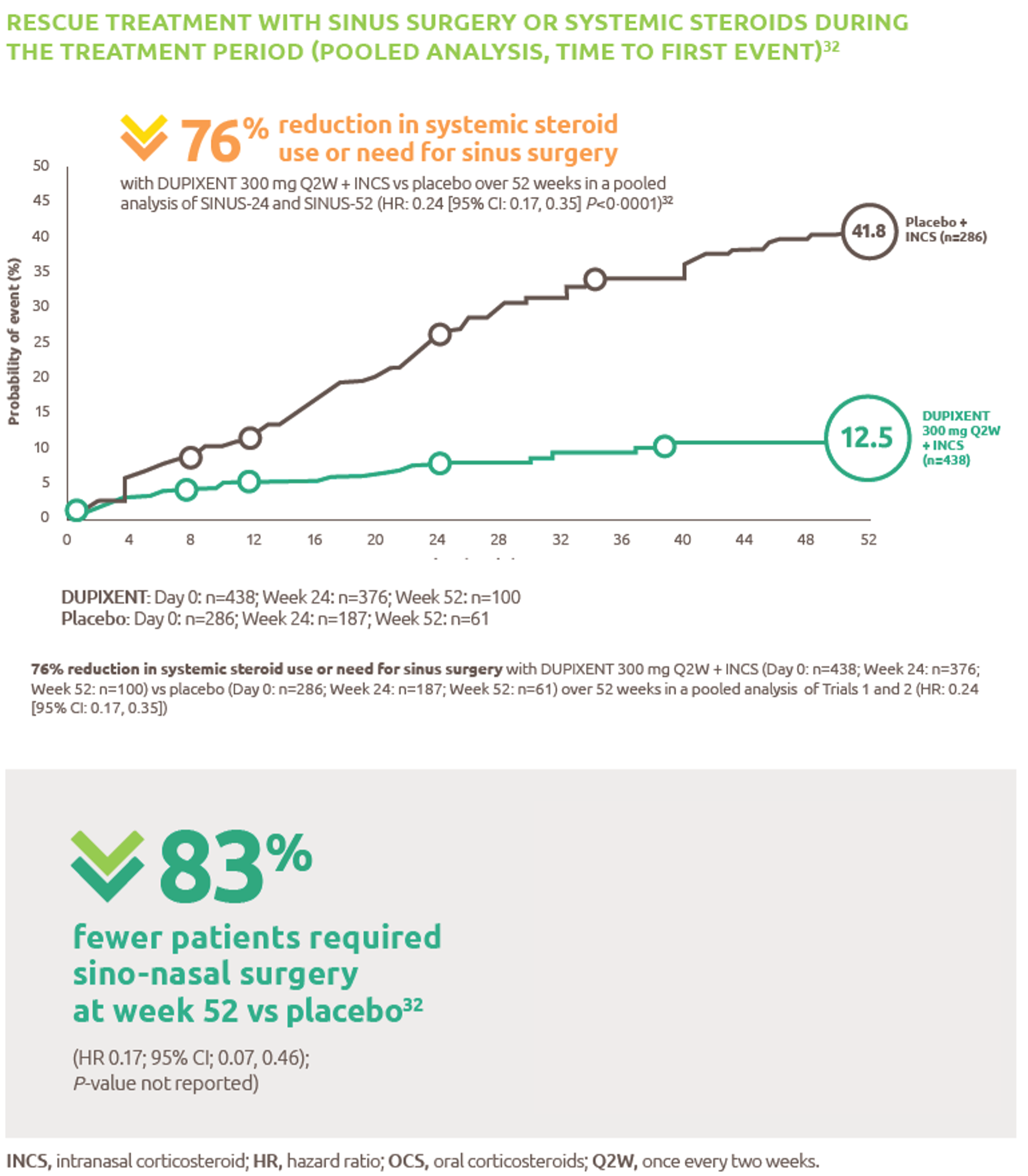

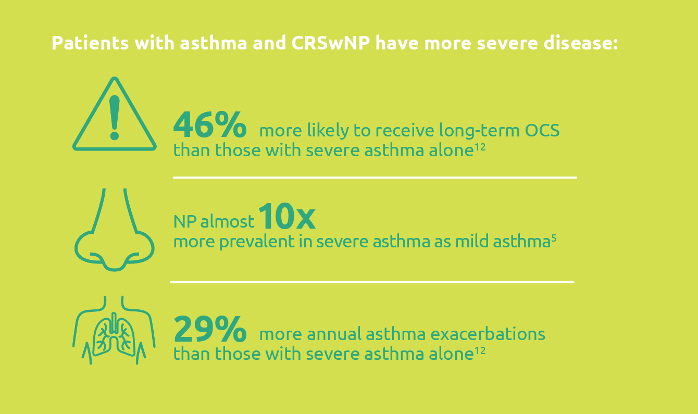.png)
